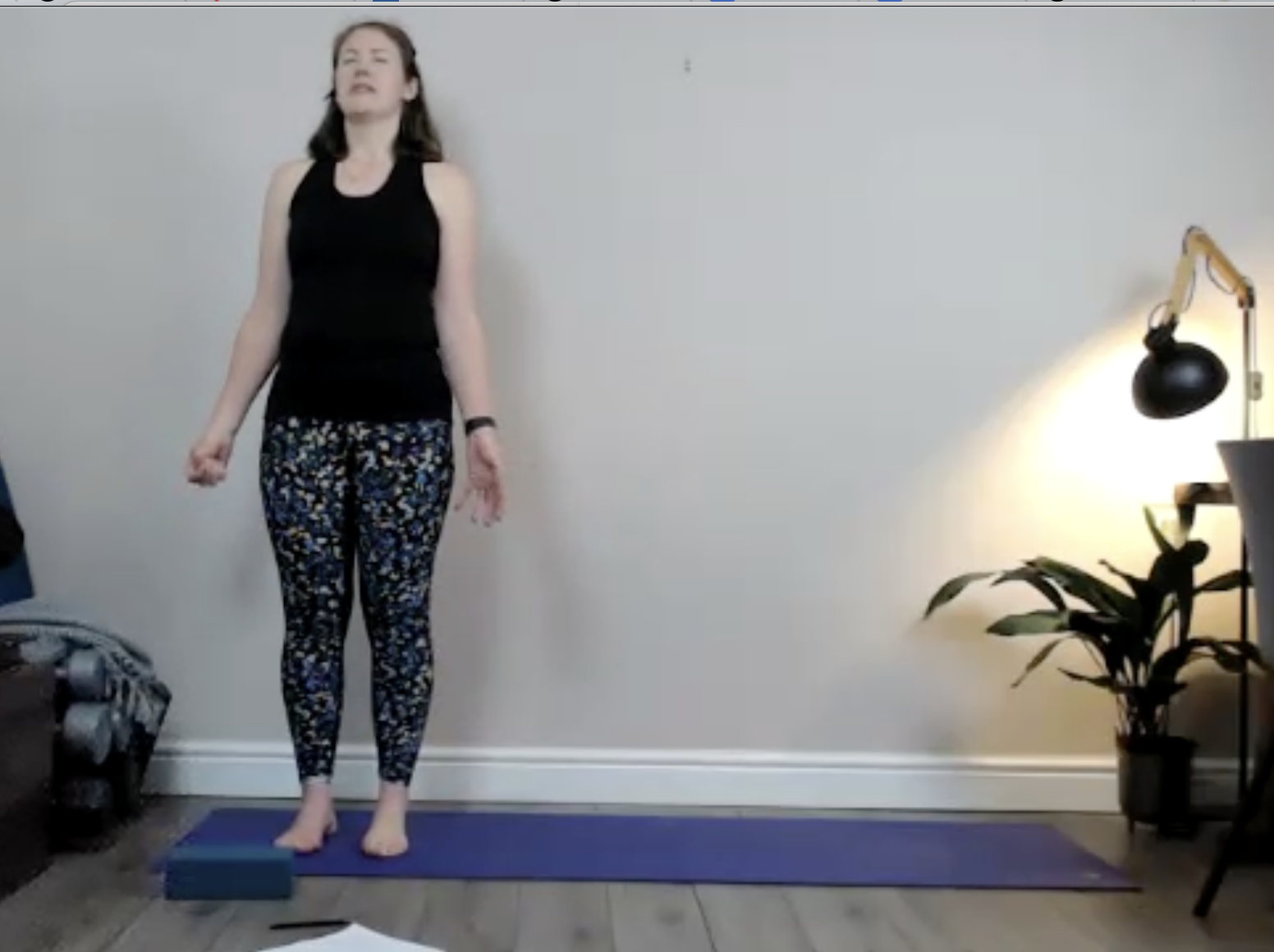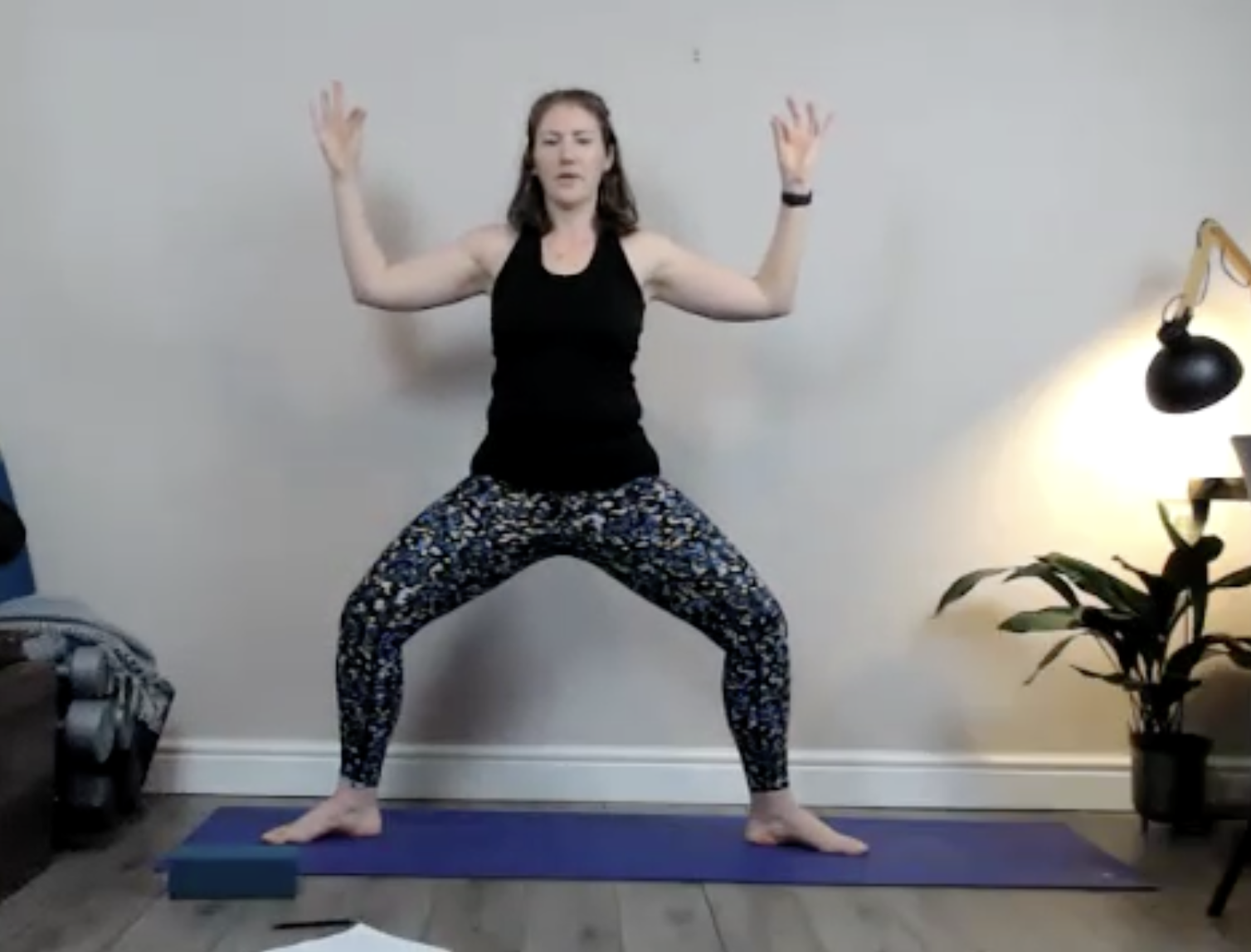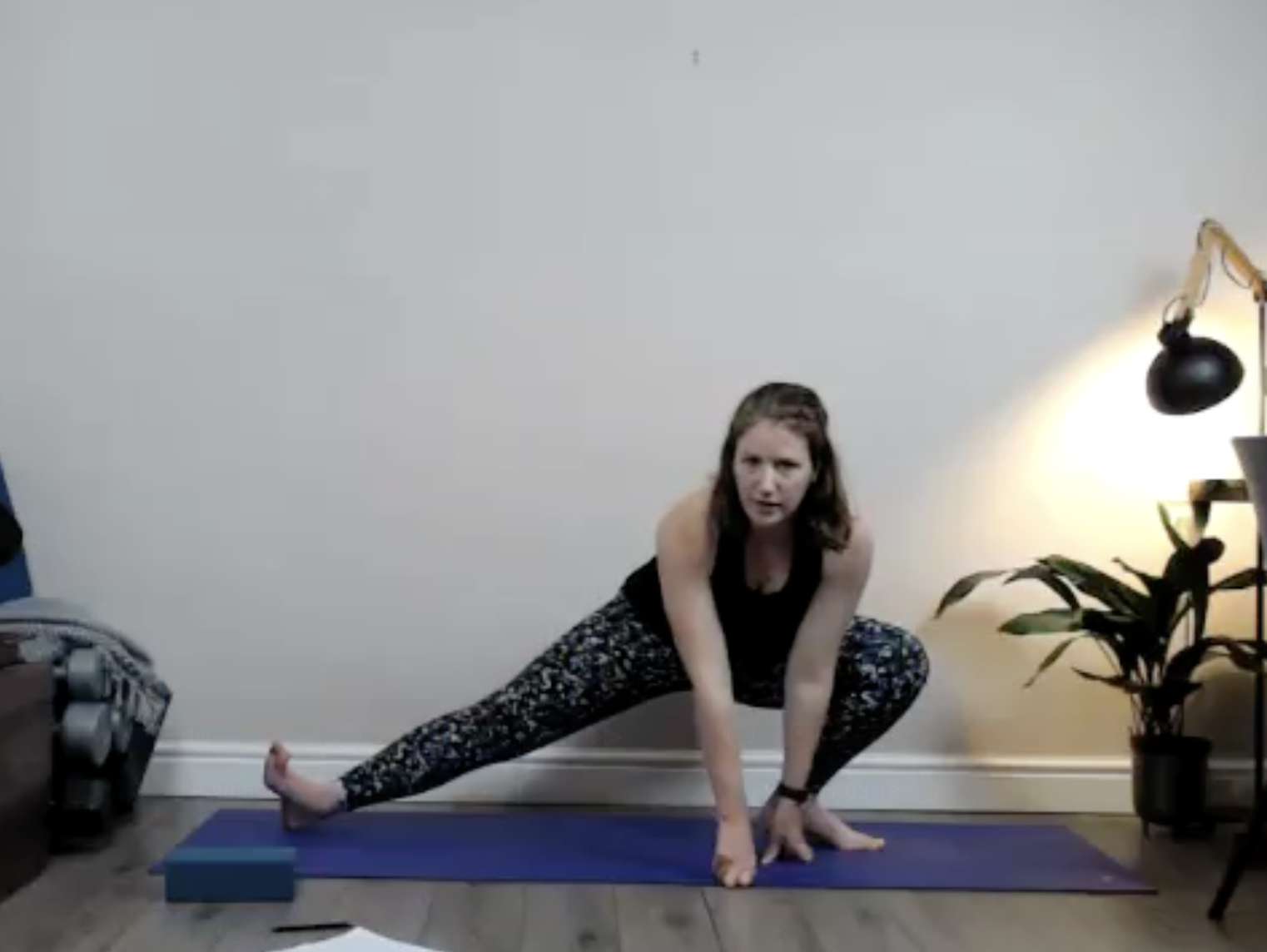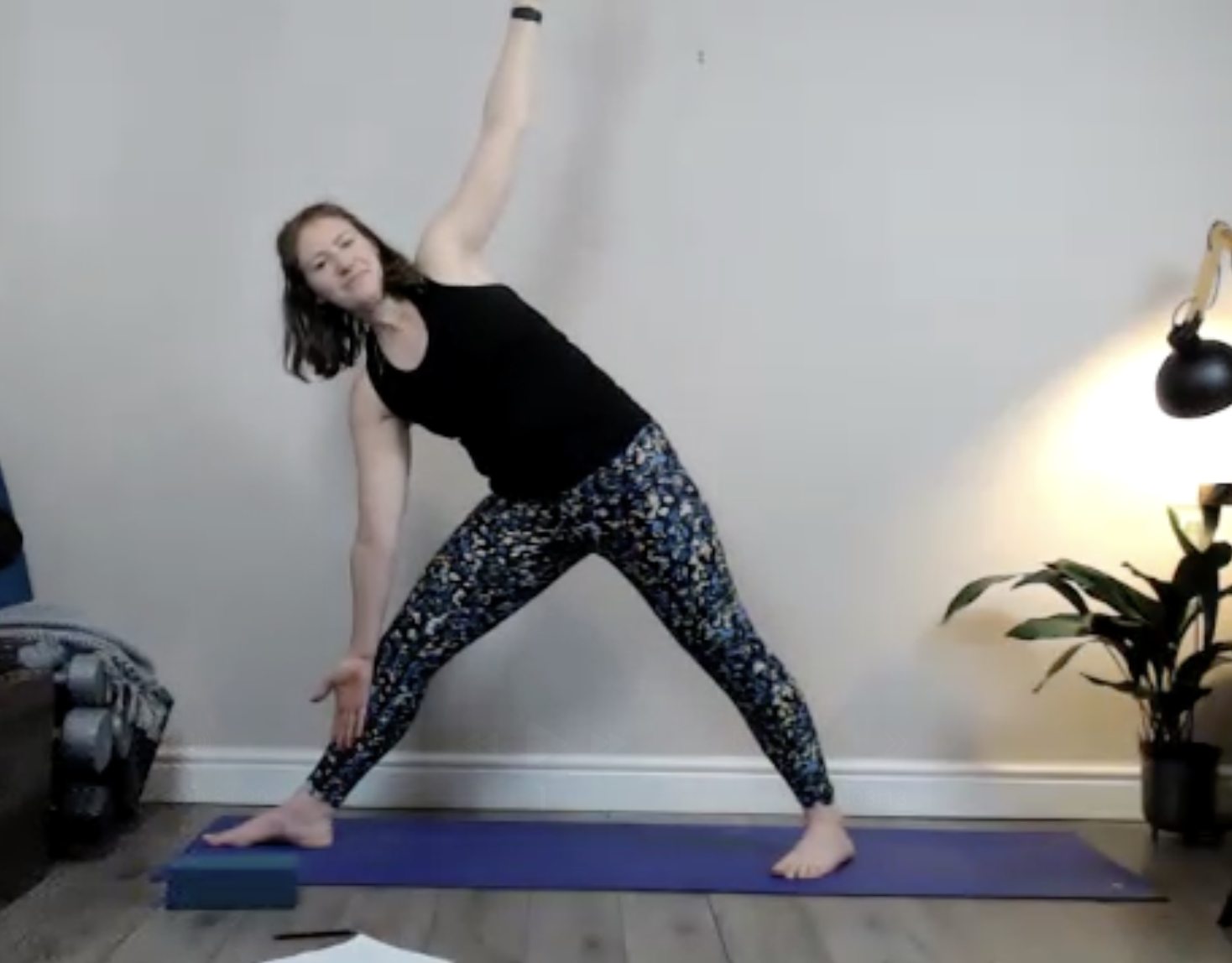How to Practise Moon Salutations (Chandra Namaskar)
Introduction: The Gentle Power of Moon Salutations
While Sun Salutations tend to energise and invigorate, Moon Salutations offer a softer, more grounding alternative. They’re calming, cooling, and ideal for the evening or times when you’re seeking stillness rather than stimulation. In this post, I’ll guide you through the traditional Moon Salutation sequence, its benefits, and how to make it your own.
What Are Moon Salutations?
Moon Salutations, or Chandra Namaskar, are a flowing sequence of yoga poses performed in a circular or side-to-side motion, mimicking the cyclical nature of the moon. They’re often practised in a slower, more mindful way than Sun Salutations, encouraging introspection and balance.
While Sun Salutations build heat, Moon Salutations invite in cooling, feminine energy – making them perfect for:
Evening practice
Times of emotional overwhelm or fatigue
Your menstrual cycle
Full moon rituals or slower phases of the lunar cycle
Benefits of Moon Salutations
Ground and calm the nervous system
Open the hips, chest, and side body
Improve flexibility and balance
Promote a meditative mindset through repetition and rhythm
Connect you to lunar energy and natural cycles
How to Do a Moon Salutation: Step-by-Step
Here’s a version of the Chandra Namaskar sequence you can try. You move from side to side rather than back and forth as in Sun Salutations.
You’ll move from side to side in a smooth, circular pattern. Start facing the long edge of your mat, feet hip distance apart and parallel in tadasana. Flow through the right side first, then mirror on the left.
Repeat the full sequence on both sides, starting right, then left:
1. Tadasana (Mountain Pose)
Stand tall, feet grounded, arms by your sides. Breathe deeply and connect to the moment.
2. Urdhva Hastasana (Upward Salute)
Inhale, lift your arms overhead, palms facing or touching.
3. Standing Side Bend – Right
Exhale, hold your left wrist and lean gently to the right.
4. Standing Side Bend – Left
Inhale back to centre. Exhale, clasp your right wrist and lean to the left.
5. Goddess Pose
Step feet wide, turn toes out. Bend knees deeply, arms at shoulder height, elbows bent. Engage the core.
6. Star Pose
Inhale, straighten the legs and arms wide. Feel expansive.
7. Trikonasana (Triangle) – Right
Turn right toes out, left toes in. Reach forward and lower right hand to shin or block, left arm to the sky.
8. Runner’s Lunge – Right
Bend the right knee and place both hands to the inside or either side of the foot. Back leg is strong and extended. You can stay upright or lower onto fingertips or blocks.
9. Anjaneyasana (Crescent Lunge) – Right
Lower the back knee (or keep it lifted). Inhale, lift your arms overhead if that feels steady.
10. Skandasana (Side Lunge) – Left
Shift to the left. Left knee bends, right leg extends, toes pointing up. Hands to heart or on the floor.
11. Runner’s Lunge – Left
Place hands down, either side or inside the left foot. Keep the back leg strong. Breathe deeply into the hips.
12. Anjaneyasana (Crescent Lunge) – Left
Turn to face the left foot. Right leg extends back. Inhale, lift arms for Crescent Lunge (knee down or lifted).
13. Triangle Pose – Left
Turn to the long edge of the mat, left toes out, right toes slightly in. Reach forward and tilt into Triangle Pose.
14. Star Pose
Rise up, arms wide, legs straight. Feel the energy return to centre.
15. Goddess Pose
Exhale, bend knees wide again. Feel steady and grounded.
16. Standing Side Bend – Right
Return to standing. Inhale, lift both arms up, exhale lean to the right.
17. Standing Side Bend – Left
Inhale through centre, exhale lean to the left.
18. Urdhva Hastasana (Upward Salute)
Inhale, stretch tall through the arms and spine.
19. Tadasana (Mountain Pose)
Exhale, arms by your sides. Close the sequence with a few breaths in stillness.
Take your time with each pose, linking breath to movement and noticing the shift in energy as you move through the cycle.
Tips for Practising Moon Salutations
Move slowly and deliberately, especially in the evening
Use props like blocks under your hands in Pyramid or Triangle if needed
Try practising by candlelight or in a dimly lit space to create a calming mood
Sync your breath with your movement - one breath per pose or linger as needed
Practise on or near the full moon for a deeply reflective experience
Closing Thoughts
Moon Salutations are a beautiful reminder that not all movement needs to be fiery and fast. Sometimes the most nourishing practice is the one that slows you down and brings you back to yourself.
Whether you're seeking balance, rest, or ritual, Chandra Namaskar is a sequence you can return to again and again.
Fancy A Free Yoga Class?
Your first class with me is free - practice either online or in-person! Click the button below to book…


















